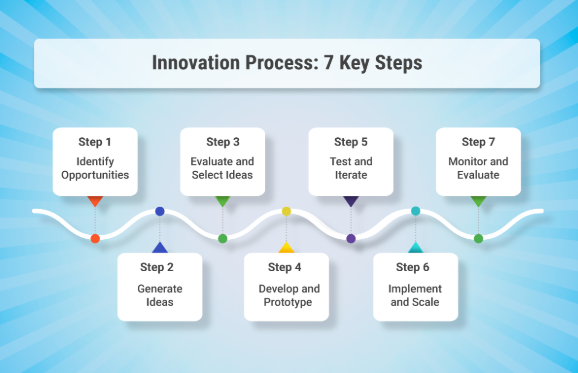Introduction
Tools that encourage interactive and engaging learning have become essential for teachers and students as educational technology becomes unrestricted in Features of Learning. Learning Catalytics, a dynamic medium produced by Pearson, is one such tool that authorizes educators to promote active learning and real-time inspection. By comprising interactive activities, instant feedback, and data-driven insights, Learning Catalytics improves student participation and retention. Whether new to the platform or looking to research its full potential, understanding its key features is essential to creating the most of this innovative tool in your classroom. This article will examine the top features of Learning Catalytics that every educator should know to enhance their teaching significance and student attention in features of learning.

Real-Time Student Engagement
One of Learning Catalytics’s standout qualities is its capability to immerse students in real time. Rather than depending solely on standard lectures, this medium provides an assortment of interactive question formats, such as multiple-choice, true/false, and short-answer, which encourage students to participate actively during class. Teachers can create polls, quizzes, and activities tailored to their curriculum, allowing students to respond via mobile devices, laptops, or tablets. This real-time engagement enhances learning by making it more collaborative and responsive to student needs. Further, educators can use Learning Catalytics to facilitate peer dealings. Students often work in small groups to concern questions before offering answers, stimulating critical thinking and cooperative understanding in features of learning.
Instant Feedback and Analytics
Another powerful feature of Learning Catalytics is its capability to provide instant feedback and detailed analytics. This benefits professors and students by developing an environment of continuous advancement. After each activity, instructors can access real-time reports indicating how individual students and groups performed. However, this instant feedback permits teachers to manage knowledge cracks instantly rather than waiting for graded tasks or tests. The platform also delivers data-driven insights that help professors follow individual progress. Learning Catalytics automatically collects detailed analytics, such as implementation trends and areas of strength or weakness, allowing instructors to deliver personalized support and modify their teaching strategies in features of learning.
Customizable Question Sets and Content Integration
Learning Catalytics delivers the flexibility to create customizable question sets that align with precise course objectives. Teachers can assemble questions from scrape or select from a vast bank of pre-made questions across various professions. However, the capacity to tailor the content permits educators to concentrate on the areas most relevant to their lessons, improving the learning experience. Teachers can modify question difficulty levels, adjust time limits, and select different formats to check their teaching style and course conditions in features of learning. Moreover, Learning Catalytics combines seamlessly with other educational tools and platforms, including Learning Management Systems (LMS) such as Blackboard, Canvas, and Moodle. This makes it easy for educators to integrate Learning Catalytics into their workflow. For example, instructors can sync grades into their LMS grade books or access student data in one suitable space. The platform’s integration saves instructors time and effort while preserving consistency across all teaching tools.

Conclusion
In conclusion, Learning Catalytics presents educators with various practical features that improve the learning experience for teachers and students. Its real-time student arrangement tools, instant feedback abilities, and customizable scope options make it an adaptable platform for stylish classrooms. However, teachers can create a more dynamic, student-centred environment by including interactive teaching strategies. Similarly, the data-driven insights and seamless integration with other learning managing tools permit instructors to follow progress, adjust lessons, and provide targeted support. Learning Catalytics is a valuable tool that should be analyzed and utilized to its complete possibility for educators desiring to increase student participation, promote deeper learning, and enhance instructional outcomes in features of learning.